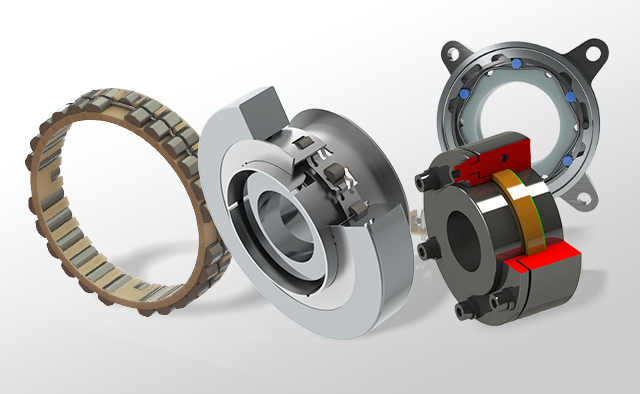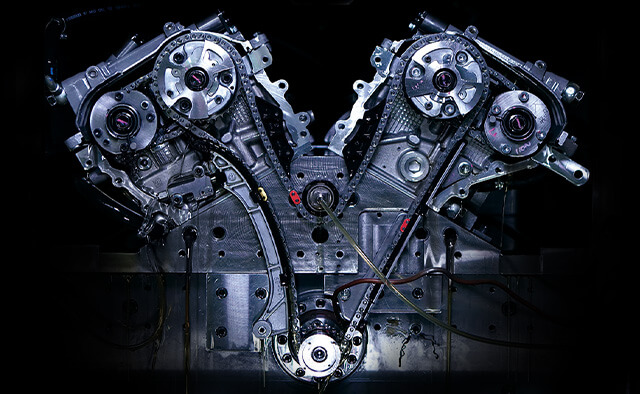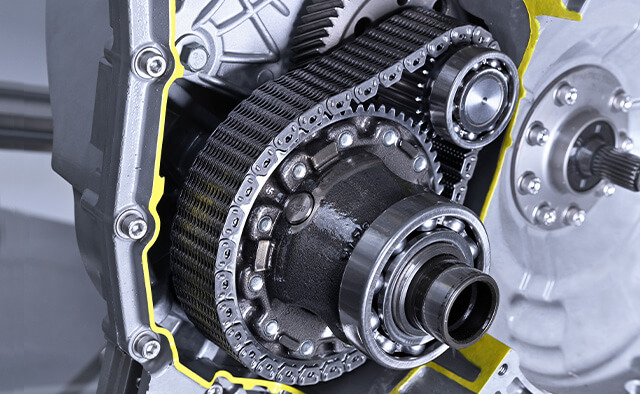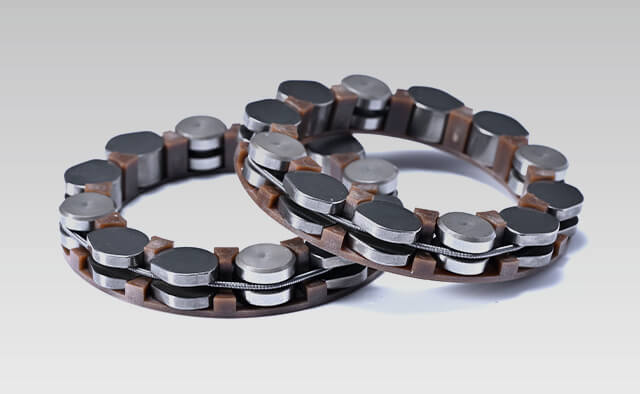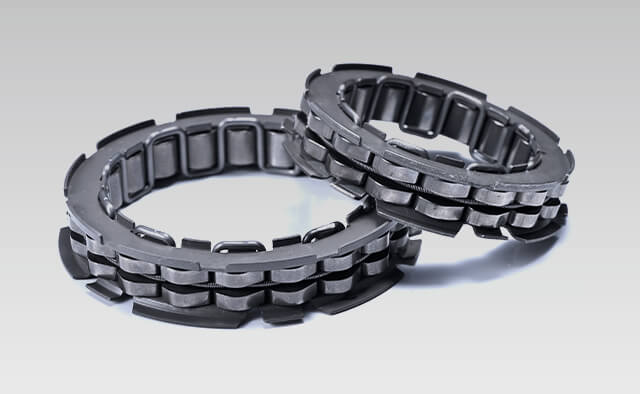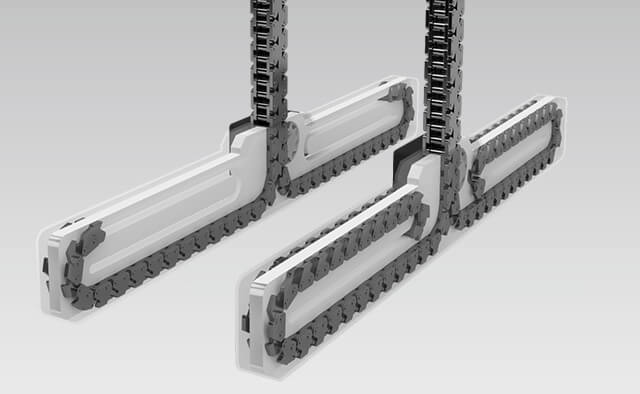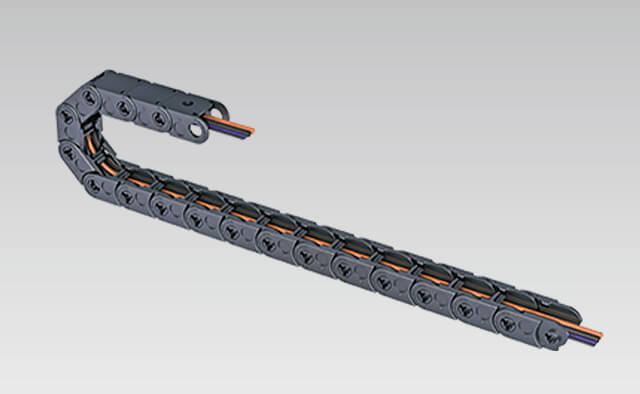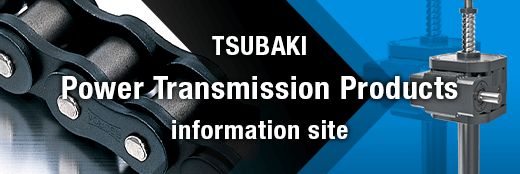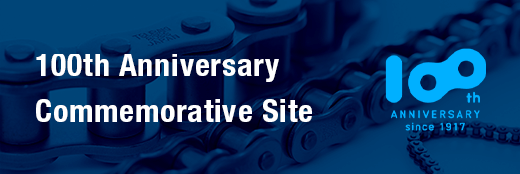Tsubaki
Mobility Solutions
Three New Business Areas for next 100 years
Tsubakimoto Chain was founded in 1917. One of its main businesses, the mobility business, aims to contribute to the diverse mobility needs of society, including environmental goals such as lowering CO2 emissions and reducing energy loss, though "new products that support the future of mobility". We will continue to develop and produce our traditional timing drive and transfer case chain products, while taking on the challenge of entering three new lines of business.
Automotive Contributing to Society and
to Clean Energy
To support societal mobility and environmental goals such as lowering CO2 emissions and reducing energy loss, we will create products that enable next generation drivetrains to be more efficient, lighter weight and smaller in size.
PRODUCTS
-
Clutch for Drivetrain
Optimizes overall system output by efficiently transmitting output from multiple drive sources.
We offer various clutch types such as Selectable (electronically controlled), Mechanical, Integrated Bearing type, etc. -
Timing Chain System
We have spent over half a century developing, designing, and producing our timing chain systems which contribute to engine performance improvements. These efficient, durable timing drive systems are supplied to vehicle manufacturers worldwide.
As the global market share leader, we use state-of-the-art technology to satisfy market and customer demands. -
Enedrive® Chain
The Enedrive® Chain series achieves high-speed rotation, high torque transmission, and a high gear reduction ratio.
It is an indispensable part of creating a highly efficient and versatile system, which is lighter, quieter and more cost-effective than current systems.
Personal MobilityComfort for All
We will contribute to the diverse mobility needs of our society, by providing one-way clutches for e-bikes and offering compact drive units that can be used in various micro mobility solutions.
PRODUCTS
-
Clutch for e-Bike
The clutch named "One-way clutch" that connects and disconnects the assist force of the motor.
It contributes more efficient, lighter weight, and more compact of drive unit, as well as drivability improvement. -
Motorcycle Clutch
An "overrunning" type one-way clutch that locks the starter motor and crankshaft together during engine cranking. After starting, when the engine speed exceeds the starter motor speed, it automatically disengages, thereby protecting the starter motor from damage due to excessive speed.
It is an important component that needs to be durable and of high in quality in order to provide safe operation and long life of the motorcycle.
Comfort System The Creation of
a Comfortable Mobility Space
Due to changes in lifestyle and new innovations, such as automated driving, etc., we are seeing diversification in the use of in-car space.
We will deliver comfort to all mobility users through flexible seat arrangement and seamless opening and closing of doors. (Just removed "Workstyle").
PRODUCTS
-
Zip Chain Actuator®
A “Zip Chain” is a unique product, independently developed by Tsubaki where two chains mesh together to form a rigid pillar shape.
This makes the chain compact and easy to package, contributing to the creation of a unique mobility space. -
Cableveyor®
Contributing to in-car comfort and safety through smooth, reliable operation of power sliding doors and power seats, etc.
Tsubaki will provide all mobility users with enhanced comfort and convenience.
Global Network
Our mobility business has 19 sales/production sites worldwide and is supporting global mobility companies in real time. Through global optimized production, optimized procurement, and a global quality assurance organization, we provide quality, service and price at a global uniform level.
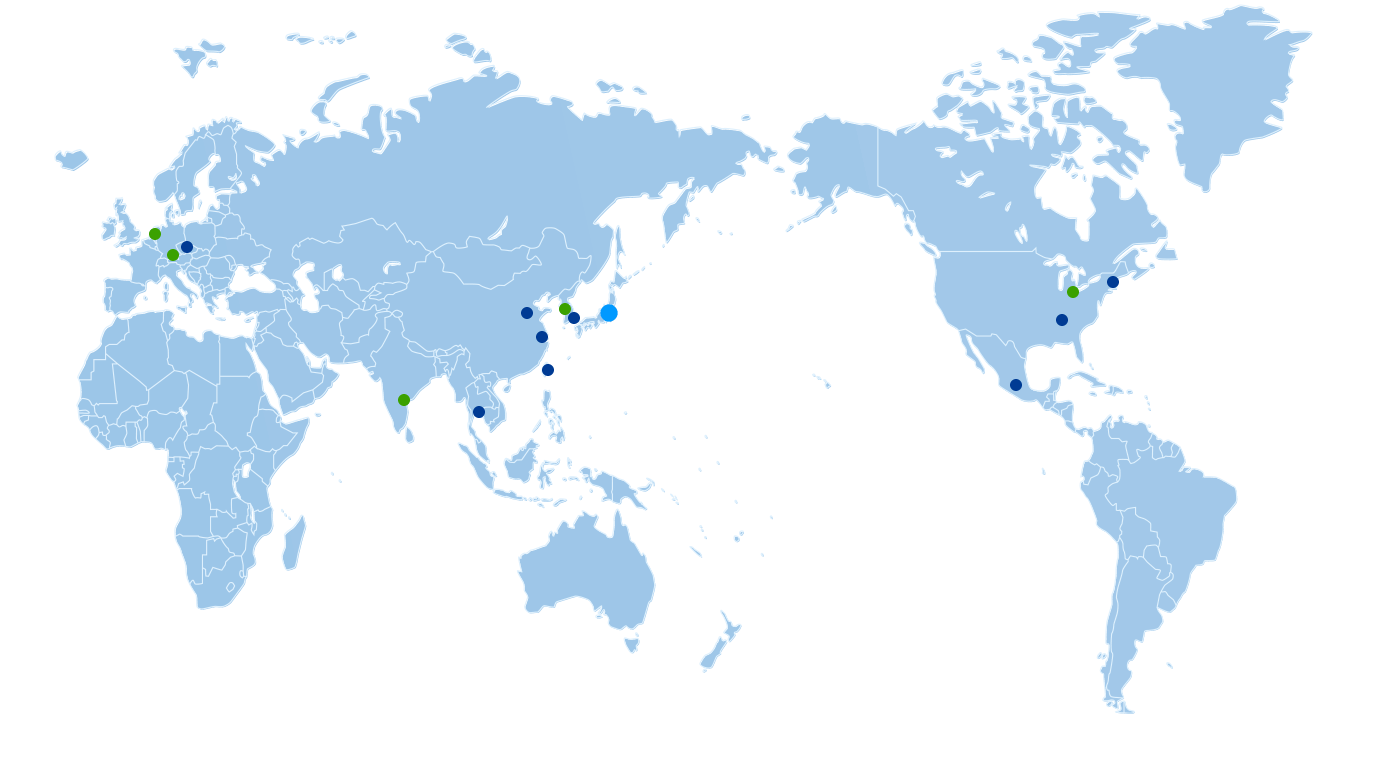
Mother Plant
Production Plant
Sales & Engineering Office
Locations in Japan
- Tsubakimoto Chain Co.
- Saitama Plant
- Hyogo Plant
- Okayama Plant
Asia
- Tsubakimoto Automotive Korea Co., Ltd.
Changwon Plant - Tsubakimoto Automotive Korea Co., Ltd.
Seoul Office - Tsubakimoto Automotive (Shanghai) Co., Ltd.
- Tsubakimoto Chain (Tianjin) Co., Ltd.
- Taiwan Tsubakimoto Co.
- Tsubakimoto Automotive (Thailand) Co., Ltd.
- Tsubaki India Power Transmission Private Limited
North America
- U.S. Tsubaki Automotive, LLC
Chicopee Plant (MA) - U.S. Tsubaki Automotive, LLC
Portland Plant (TN) - U.S. Tsubaki Automotive, LLC
Detroit Office (MI) - Tsubakimoto Automotive Mexico S.A. de C.V.
Europe
- Tsubaki Automotive Czech Republic s.r.o.
- Tsubaki Deutschland GmbH
- Tsubakimoto Europe B.V.
Thank you for your interest in TSUBAKI mobility products.
Contact us by clicking below.
CLICK HERE
Mobility
Toward a Sustainable Society
The Tsubaki Group is engaged in the “art of moving” and aims to provide value that exceeds expectations
to become a company that continues to be needed by society.

